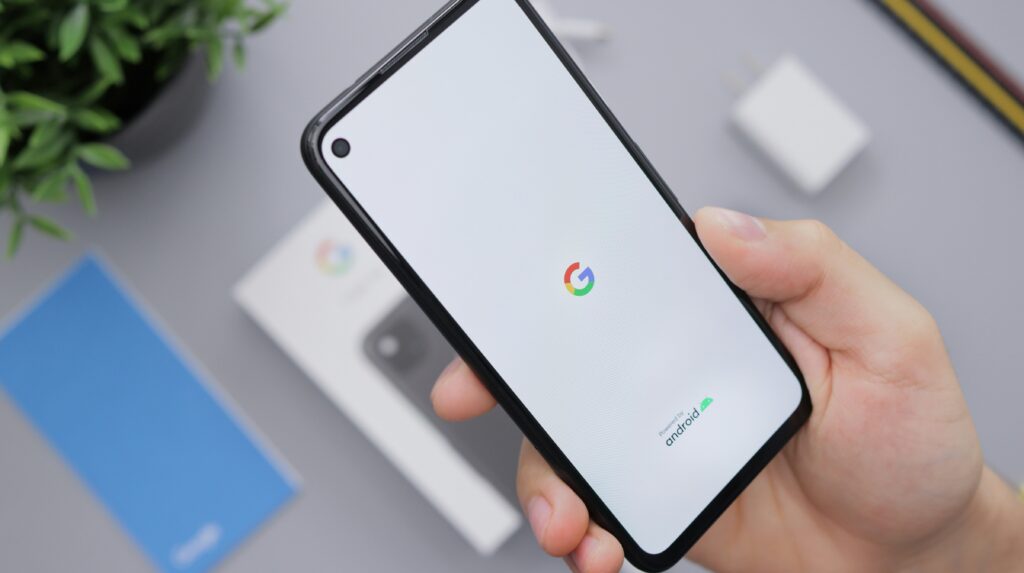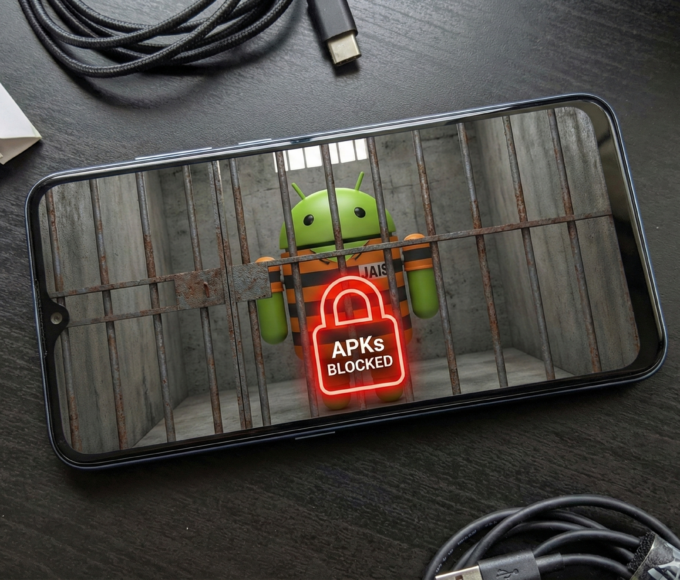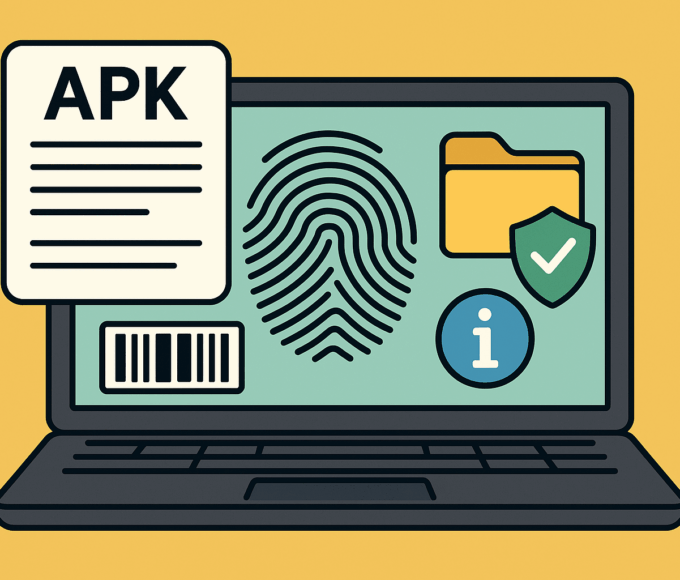If you’ve been sideloading apps or using third-party stores to grab APKs, you might’ve noticed the landscape is shifting — fast. In early 2025, Google tightened the screws once again on app distribution, cracking down on apps that push users to download updates or related content outside of the Play Store. So what does this mean for APK lovers and Android power users?
Let’s break it down.
The Google Play Crackdown: What Happened?
In late 2024 and rolling into 2025, Google started enforcing stricter policies around app behavior. One major rule? Apps are no longer allowed to include links or prompts that lead users to download updates or premium content via external sources.
This affected developers who used to offer “lite” versions on Google Play and redirected users to sideload full-featured versions from elsewhere. Some of these apps were delisted, while others had to strip out certain features to remain compliant.

So Where Are APKs Going Now?
APK distribution hasn’t disappeared — it’s just adapting to the new rules. Here’s where the momentum is shifting in 2025:
1. Third-Party Stores Are Getting Smarter (and Safer)
Popular APK stores like APKMirror, APKPure, and Aptoide continue to serve Android users. What’s changed is their focus on security and user trust. For instance:
- APKMirror uses signature verification to ensure the APK matches the official version.
- Aptoide employs malware detection systems powered by machine learning.
- Newer platforms are experimenting with blockchain verification to confirm APK integrity.
2. Decentralized APK Sharing is on the Rise
An emerging trend involves decentralized file hosting. Some developers are turning to peer-to-peer sharing or using protocols like IPFS (InterPlanetary File System). These tools make it harder for centralized authorities to block distribution, but they can be complex to use and less reliable in terms of speed.
3. Community-Driven Sharing Channels
Telegram groups, Discord servers, and Reddit threads remain active hubs for APK fans. These communities are fast-moving and often share new or region-locked apps first — though they also come with higher risks of tampered or malicious files.
What’s Safe to Use in 2025?
If you’re planning to sideload APKs, here are some simple safety guidelines to follow:
- Use trusted APK platforms like APKMirror, APKPure, or F-Droid.
- Verify app signatures to confirm they haven’t been modified.
- Avoid cracked apps unless you fully trust the source — they’re often bundled with malware.
- Scan your APKs with services like VirusTotal before installing.
- Keep your device updated with the latest Android security patches.
A Shift in Power?
Google’s push for more control over Android apps may backfire by driving more users to explore alternative ecosystems. Android’s open nature is part of its identity, and many users aren’t ready to give up that freedom.
Expect to see more developers experiment with:
- Hosting APKs directly on their websites
- Building Progressive Web Apps (PWAs) that run like native apps
- Publishing open-source apps on F-Droid, a community-run store
Final Thoughts

While Google is working to centralize app control, the APK world is still very much alive. It’s getting more creative, more cautious, and — in some ways — more independent.
As always, do your research, stick to trustworthy sources, and enjoy the flexibility Android offers.
















